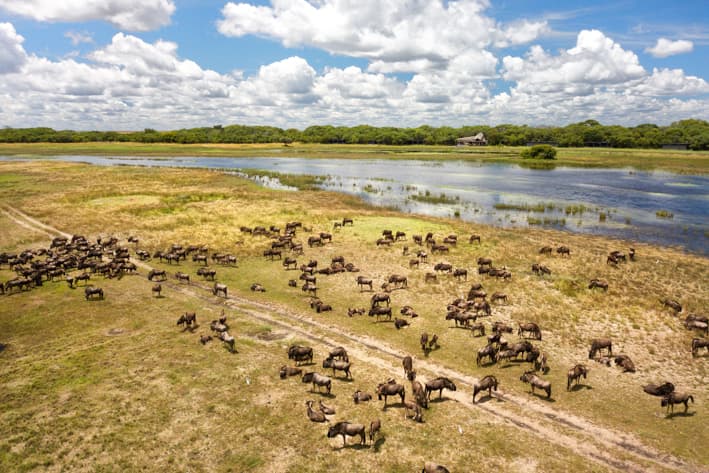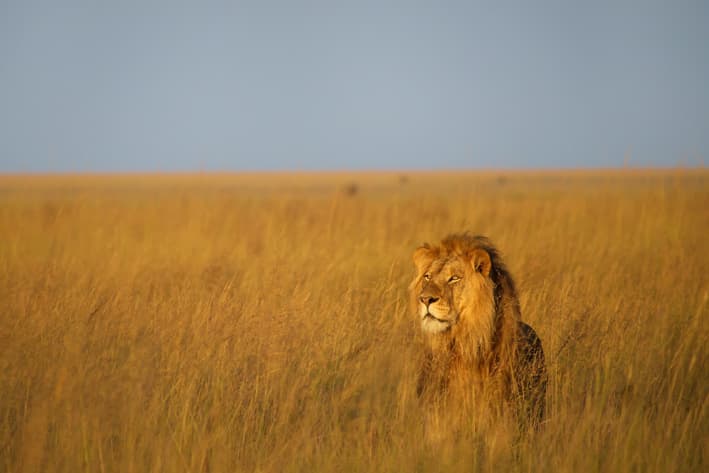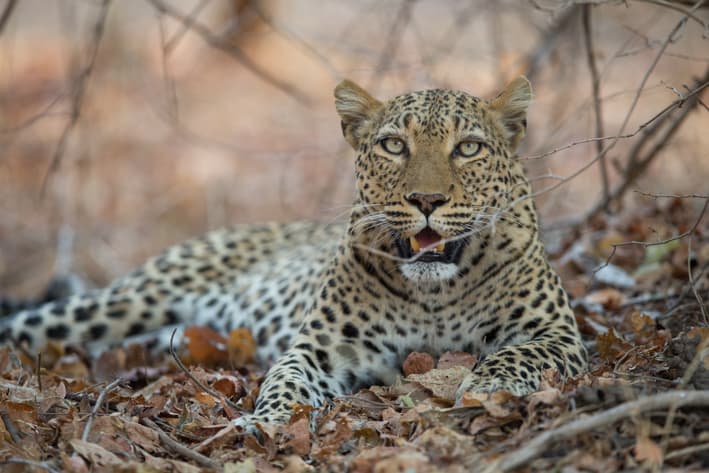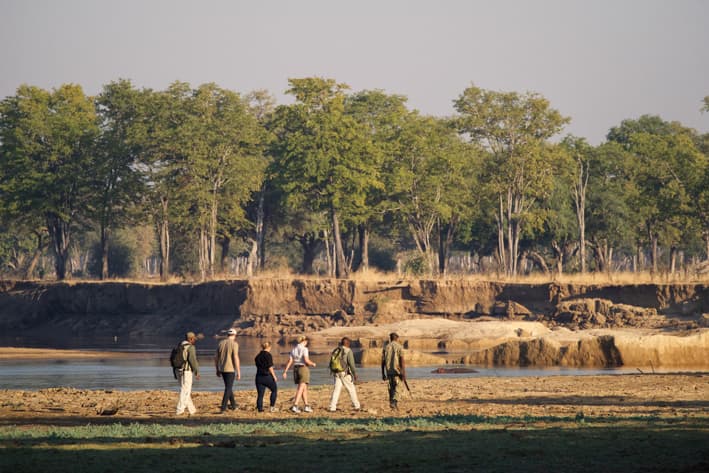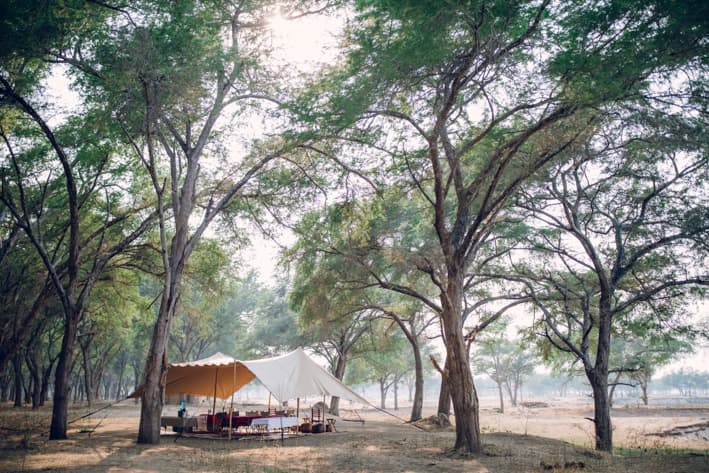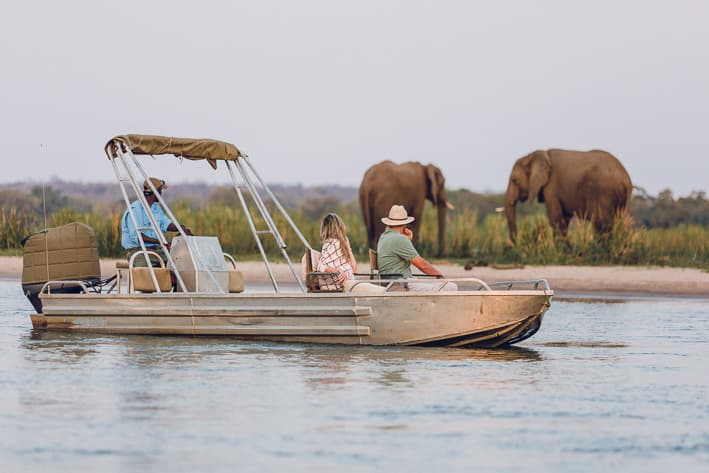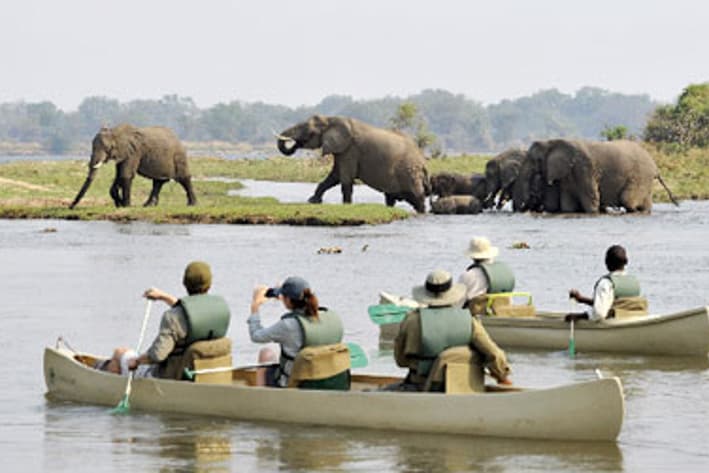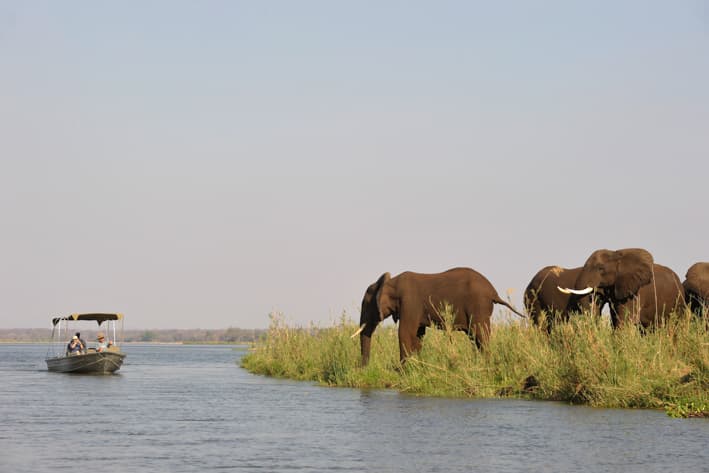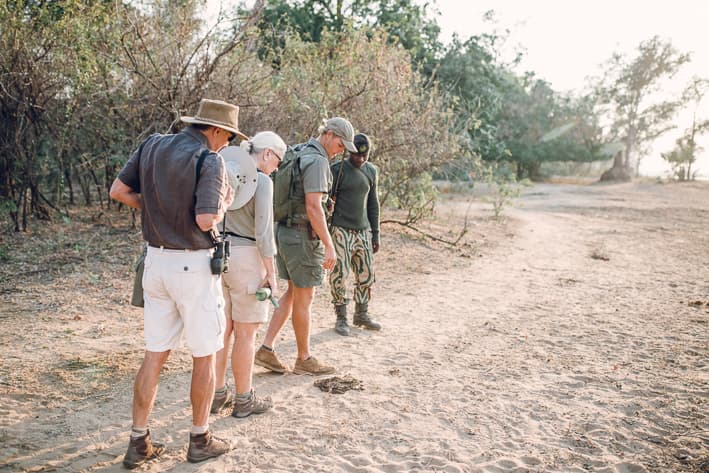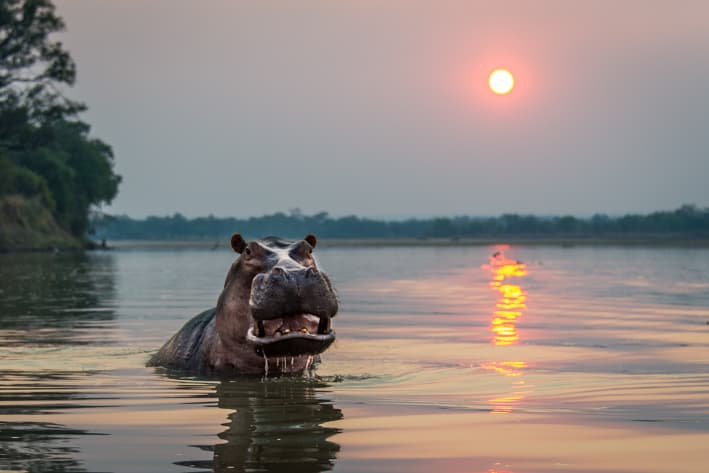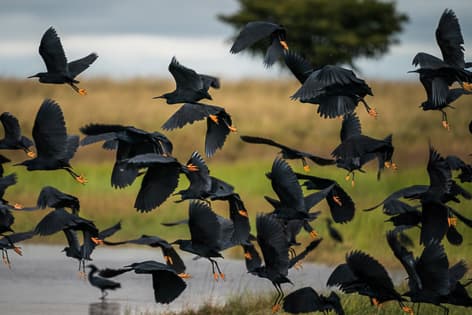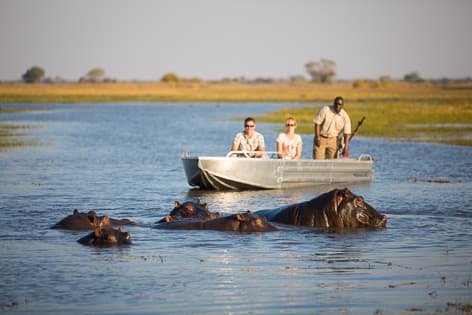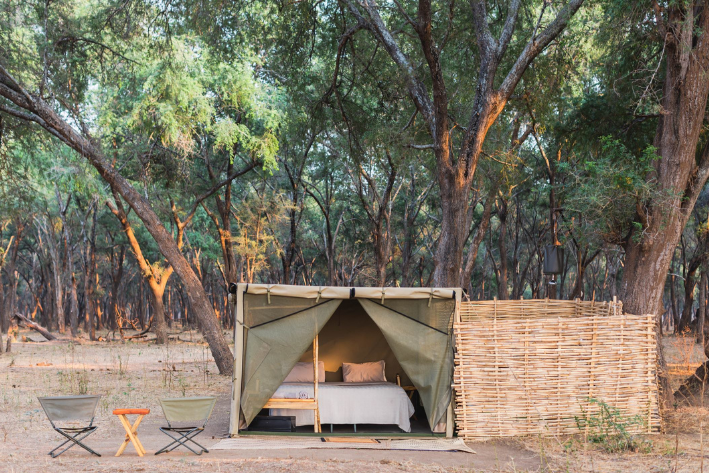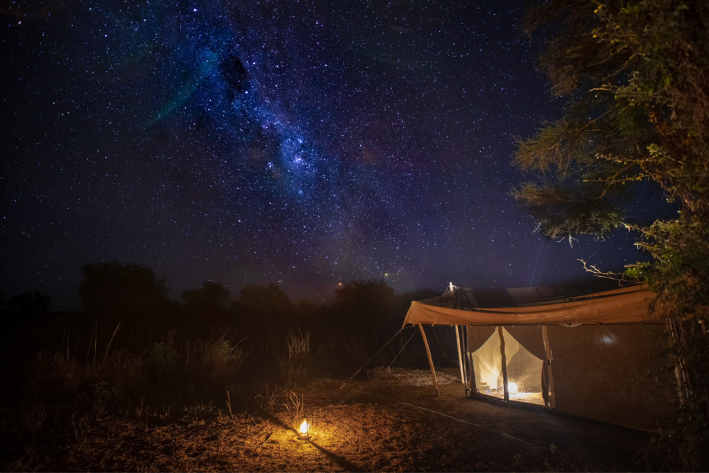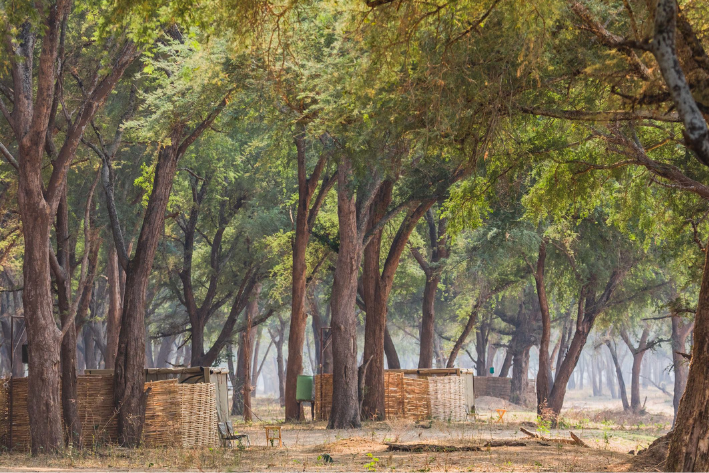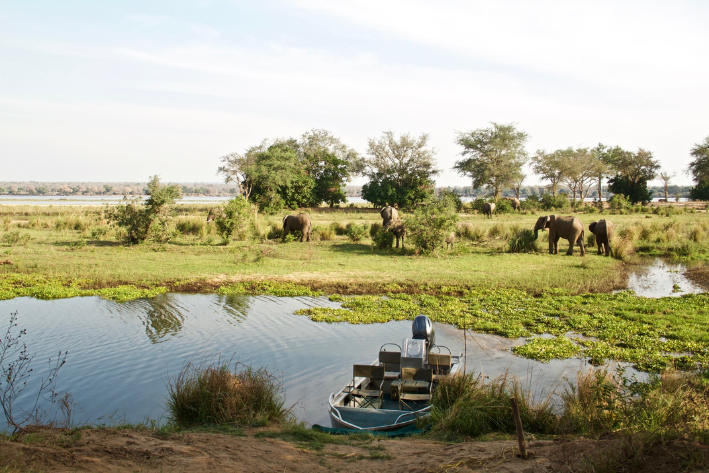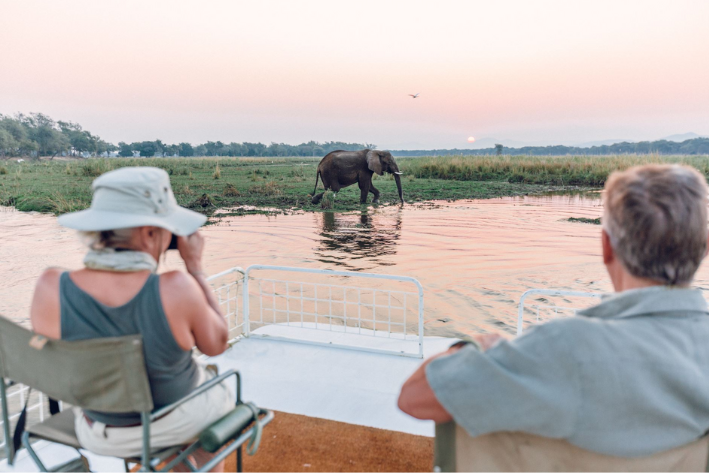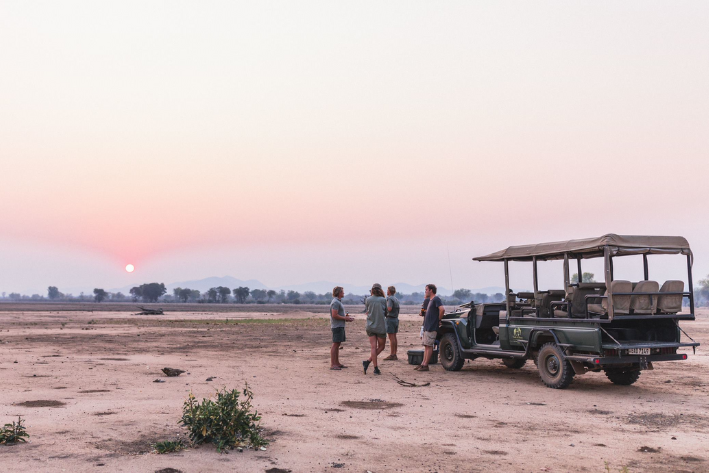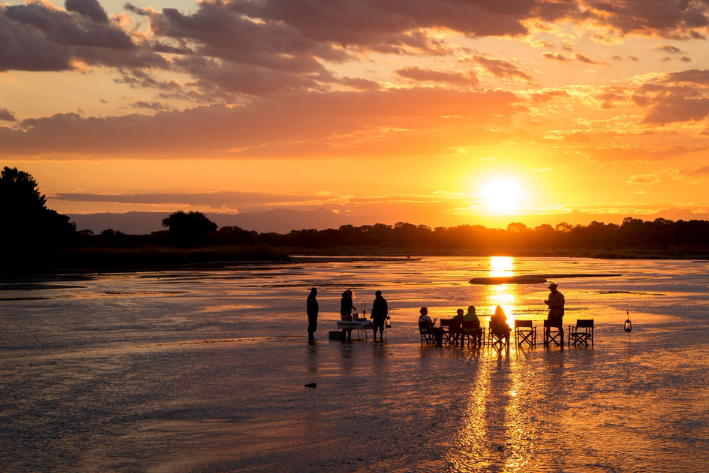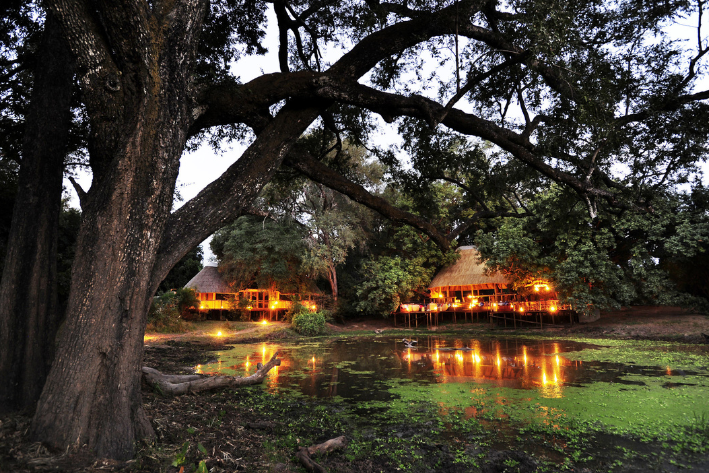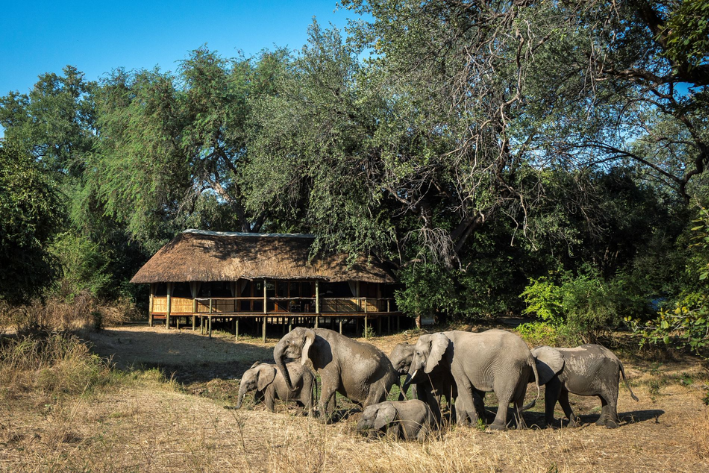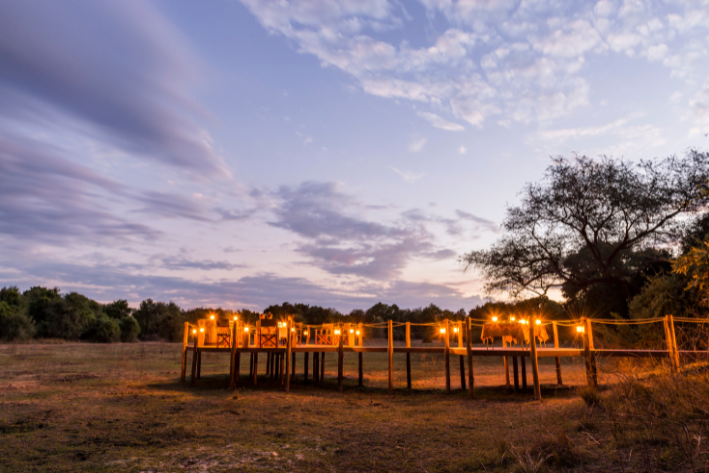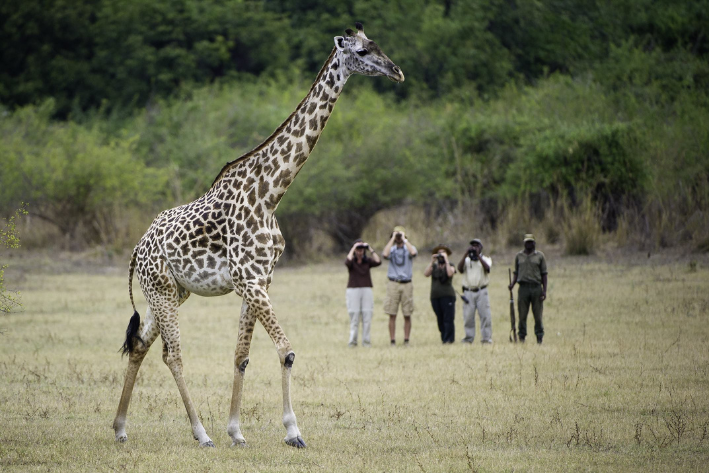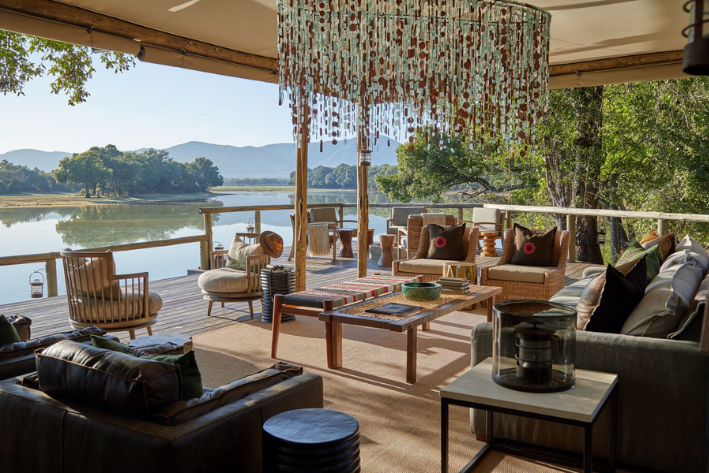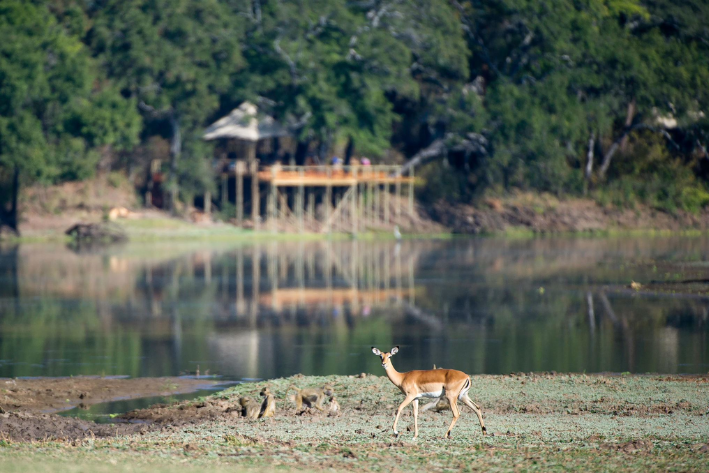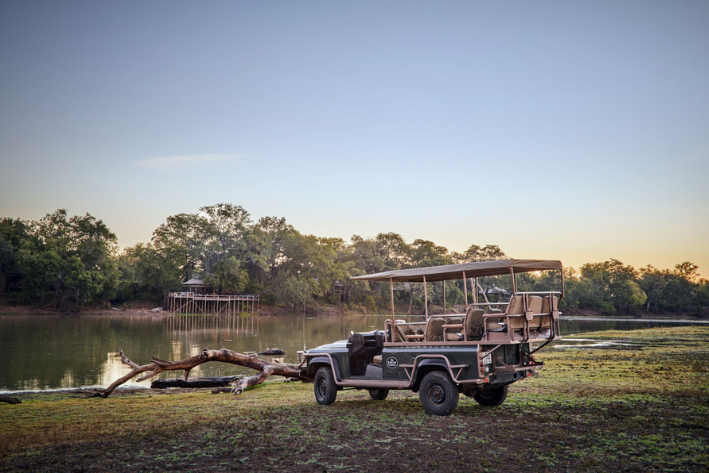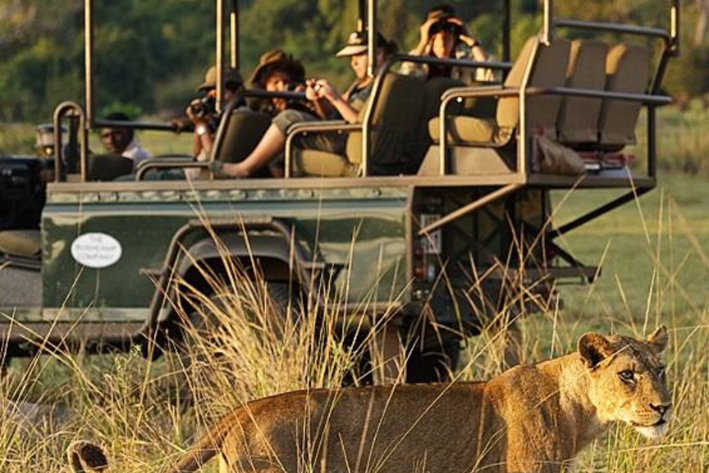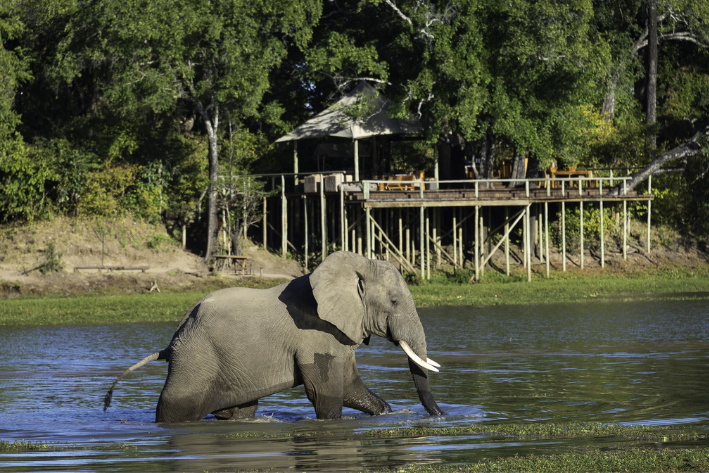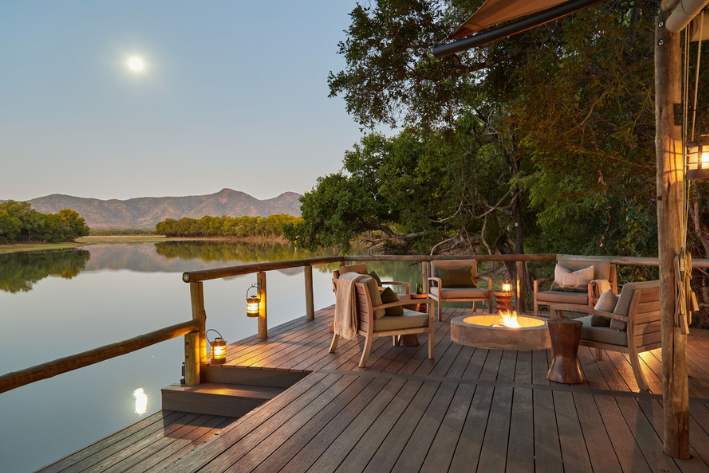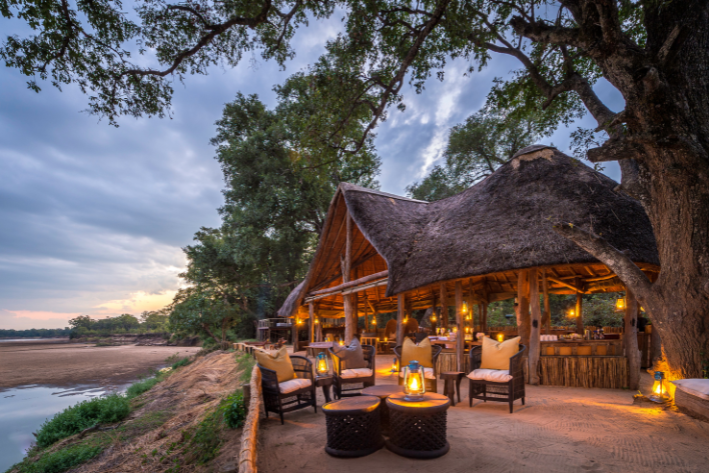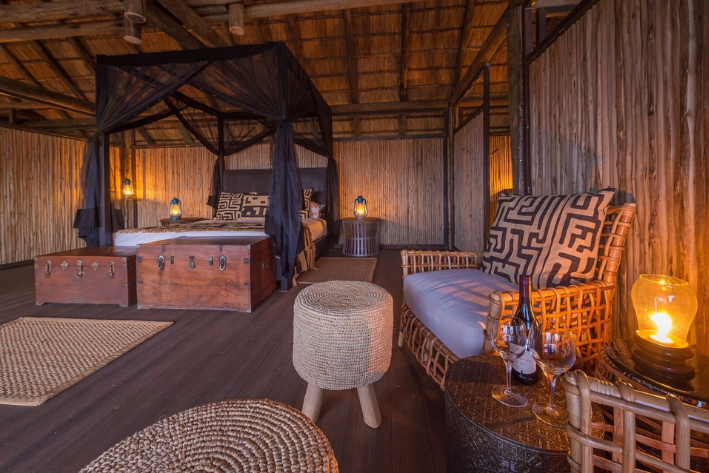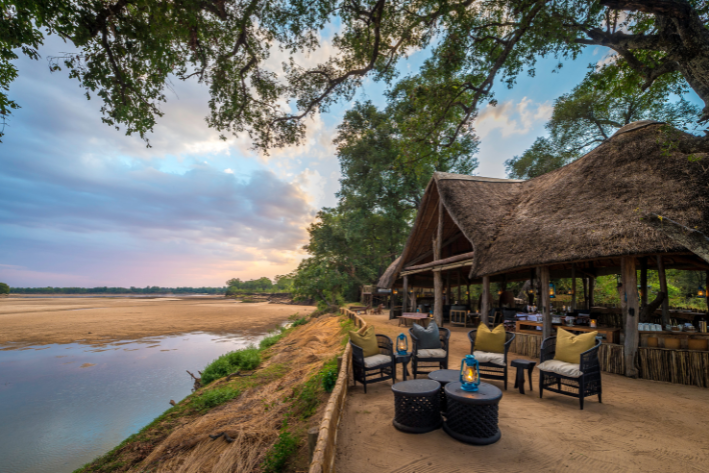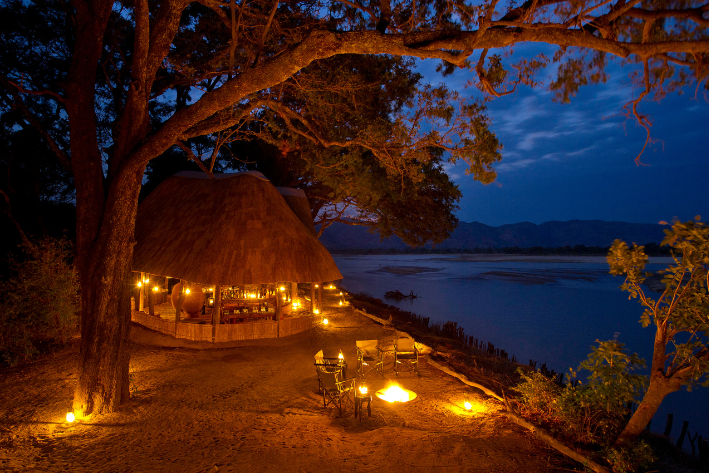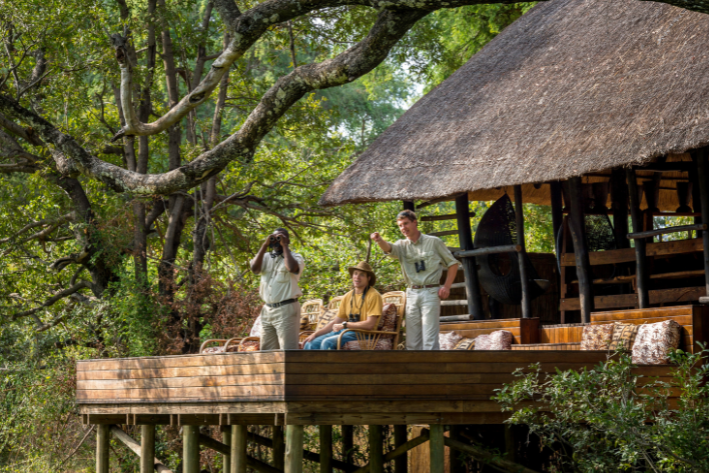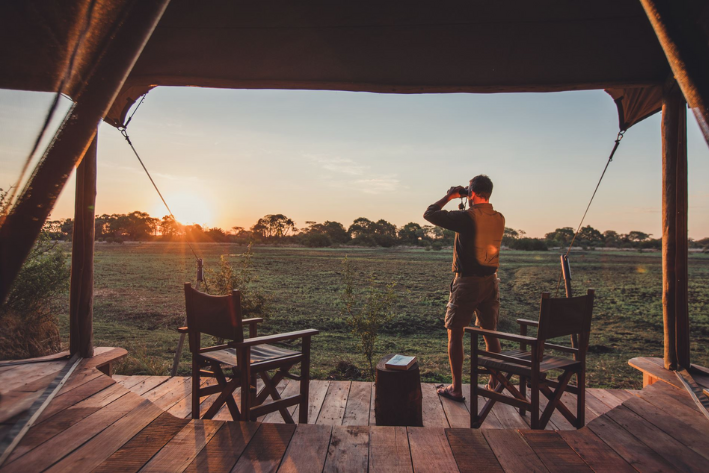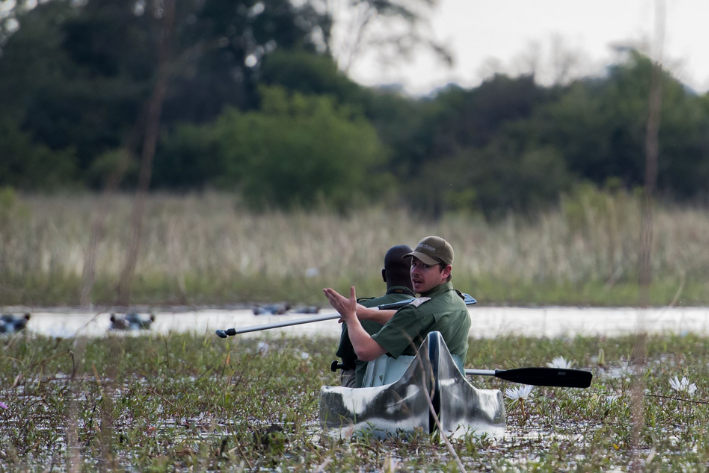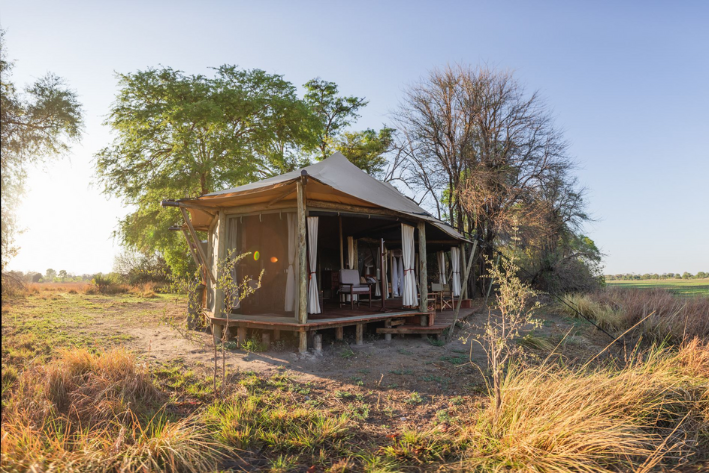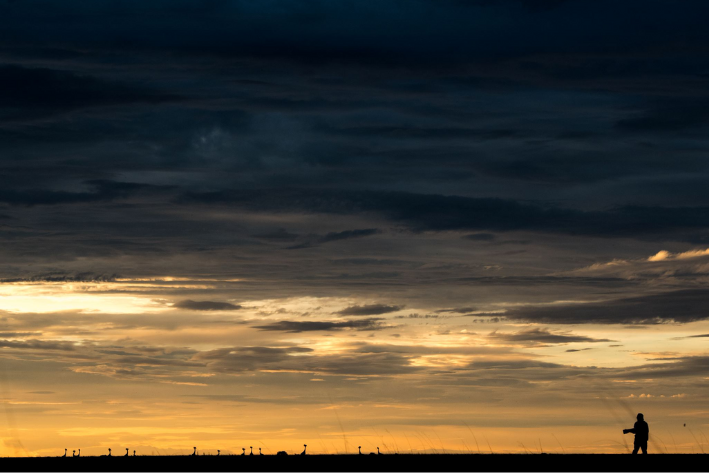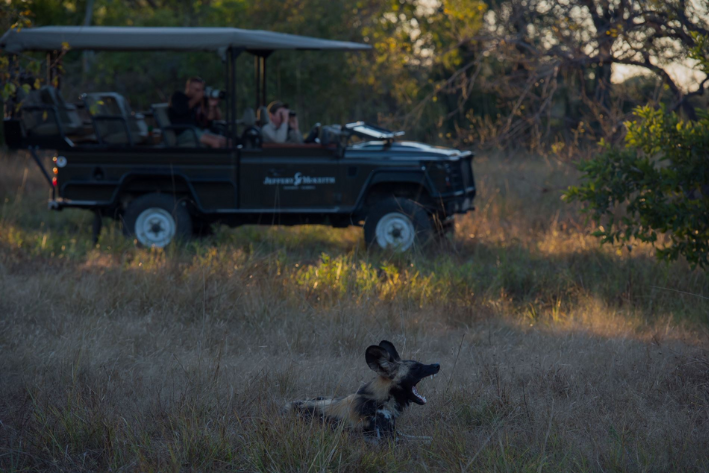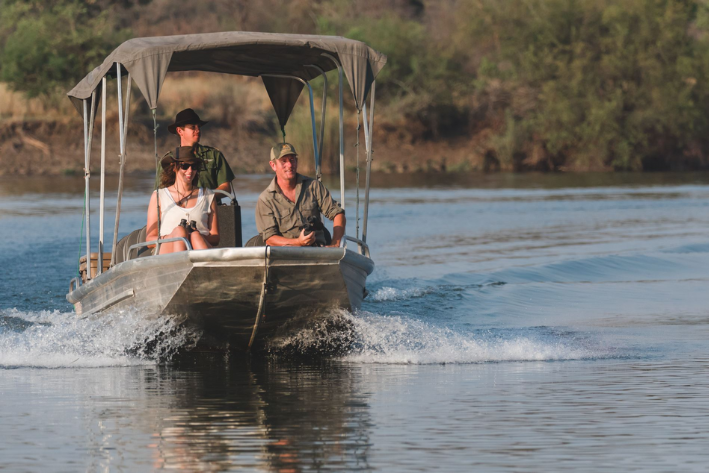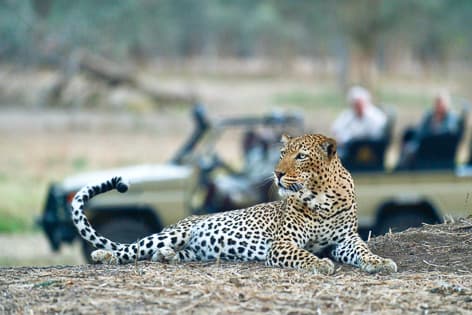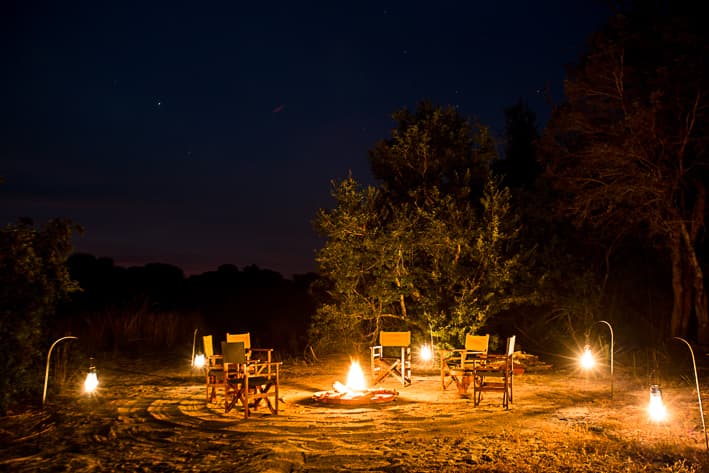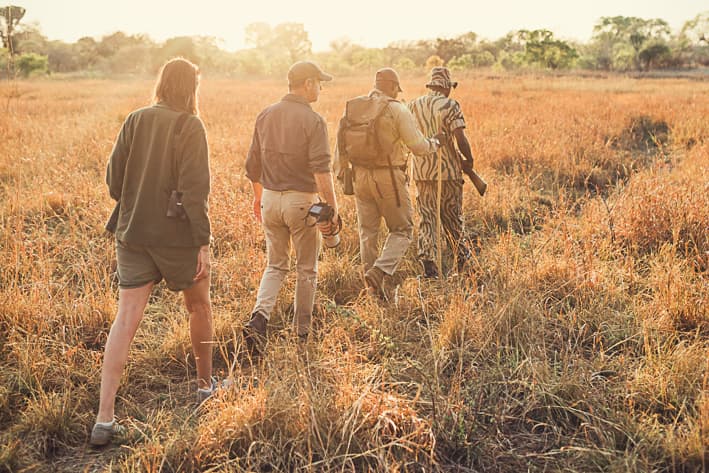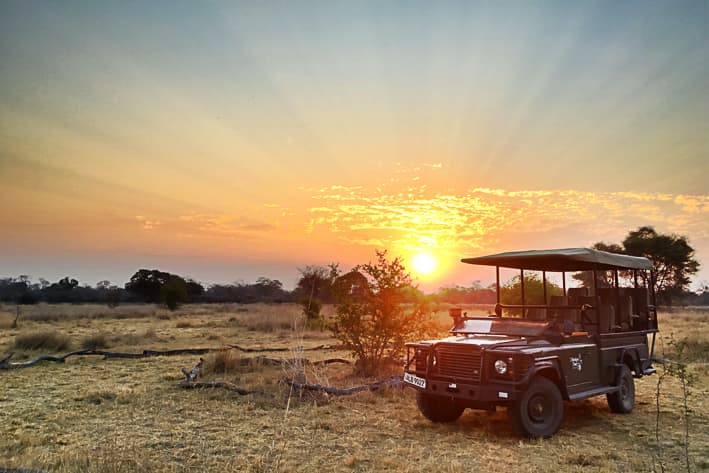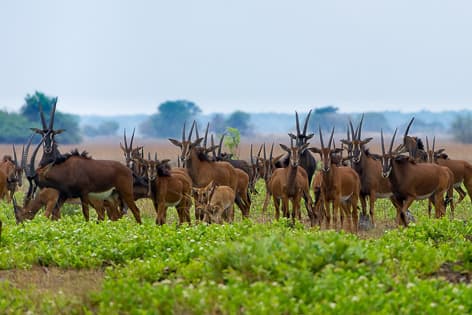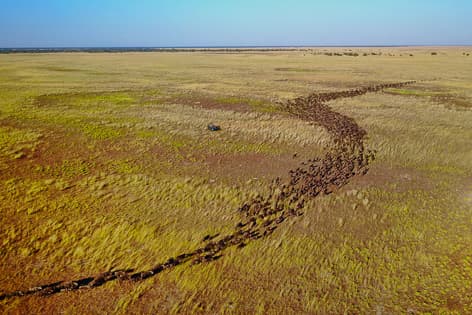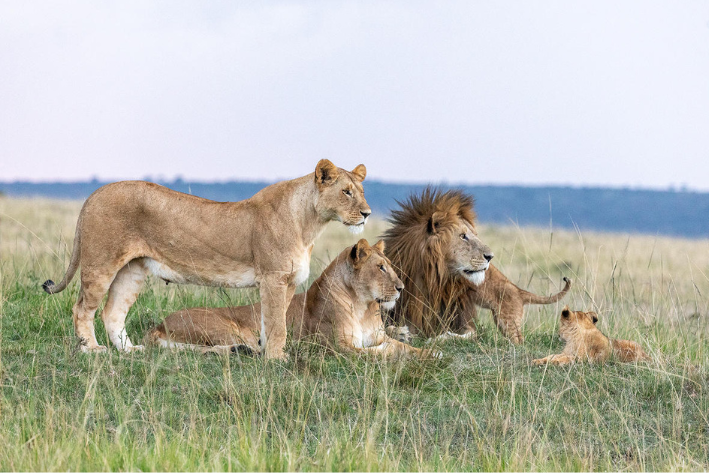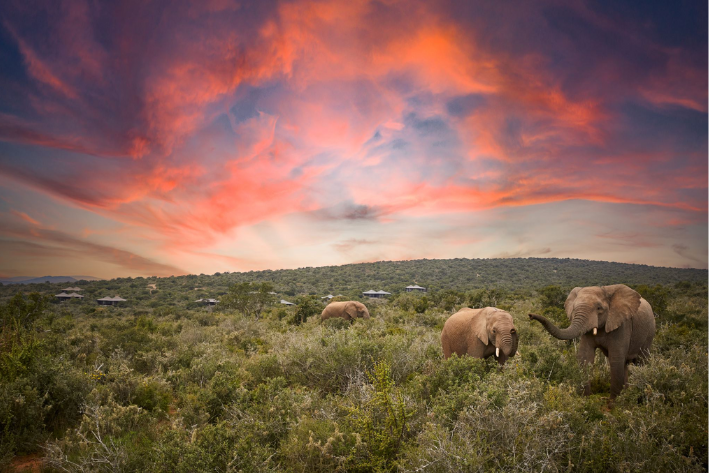The Ultimate Guide to Safaris in Zambia
Unveiling the Hidden Gem of African Safaris:
Home to towering waterfalls, vast flood plains and mighty rivers, Zambia is one of Africa’s most wild and authentic safari locations. A safari to Zambia will offer unparalleled experiences and wildlife sightings, but despite all it has to offer, Zambia is still a relatively unknown destination in the safari scene.
But don’t worry, we have you covered! Stanley Safaris founder Shaun grew up exploring Zambia and even guided here after finishing school. So in this blog we’ll share our expert knowledge on Zambia’s best national parks, our favourite camps, a guide to activities you have to try and when the best time to visit is. Let’s dive in!
It is true that Zambia does not have the same reputation in the safari industry as some of its neighbours, but that is exactly what makes it such a hidden gem. Zambia has not been as well marketed in the international safari industry as the likes of Botswana and Tanzania, but it still has a huge amount to offer! Zambia is often referred to as the “real” Africa because of its incredible landscapes and authentic safari style.
The country’s low tourist numbers mean you can experience the wilderness in its purest form, without the hustle and bustle of overcrowded sightings or too many other vehicles.
Zambia’s commitment to sustainable tourism ensures that the wildlife and ecosystems are well-preserved. Choosing Zambia for your African safari means you are contributing to this important conservation work while enjoying one of the most wild and unspoiled destinations in Africa!
Zambia is home to an impressive 21 national parks, each offering a unique safari experience. Below is a guide to our favourites:
South Luangwa National Park
The South Luangwa National Park is Zambia’s most iconic safari destination and offers some of the best game viewing in Africa. There are a variety of habitats in the South Luangwa – from riverine woodlands and grasslands to wetlands and rivers, making the park a haven for all kinds of animals. In particular, the South Luangwa National Park is renowned as one of the best places in Africa to see the elusive leopard.
The South Luangwa is also known as one of the best walking safari destinations in Africa. There are a variety of options, including rustic mobile camps where travellers move to a new location each day, or permanent camps where visitors can walk from one camp to the next. Most of the camps will also offer morning and afternoon game drives and other activities over and above the walking safari.
Lower Zambezi National Park
Zambia’s Lower Zambezi National Park is located in the Zambezi Valley, opposite Mana Pools National Park in Zimbabwe. With the Zambezi River flowing past, this is one of Africa’s most iconic wildlife reserves. The area is dominated by large floodplains and towering trees.
The Lower Zambezi National Park is a must-visit destination for any adventurous traveller, with walking safaris, canoeing trips on the Zambezi River and day and night game drives available. During the dry season, large herds of buffalo and enormous elephant bulls congregate on the floodplain and the islands in the area. And along with them come predators like lions, leopard and wild dogs.
As with most of Zambia’s national parks, the Lower Zambezi closes during the rainy season. The black cotton soils of the region make it impossible to drive in the park at this time.
Kafue National Park
Kafue National Park is a spacious wildlife reserve on the western side of Zambia, and is the country’s largest park. Due to its vast size, Kafue National Park has a many different habitats which attracts a variety of wildlife. Our favourite parts of Kafue are the game rich areas of Lufupa and Busanga Plains.
The Lufupa area is covered with riverine woodland and floodplains, making it an ideal habitat for leopards, lions and other big game. This contrasts beautifully with the vast open spaces of the Busanga Plains, where grasslands make the perfect grazing area for large buffalo herds, lechwe, puku, and roan antelope. The herds attract cheetah and big lion prides.
Kafue also closes during the rainy season when the roads become impassable.
Victoria Falls
Located on the border of Zimbabwe and Zambia, the mighty Zambezi River plunges 120 meters into the Batonka Gorge below. At the peak of waterflow, the Victoria Falls are a mile of falling water – one of the greatest sights in the world! Knowing when to visit the Victoria Falls is key when planning your safari to Zambia.
Between January and April, the Victoria Falls water levels are rising after the floods of the Zambezi’s catchment areas. The best time to visit Victoria Falls is from May through to July, when the falls are at their highest. Doing a helicopter tour over the waterfalls is one of the best ways to appreciate their size and volume. Seeing the falls from the ground is also exciting but beware of the spray! You feel the power of the waterfalls being so close to them, but the spray makes it difficult to see them properly.
From August the floods begin to subside, with September and October being the lowest flow. The Zimbabwean side is the best at this time as the main falls are still flowing. A unique activity during these months is the opportunity to swim in the Devil’s Pools on the Zambian side of the Falls and peer over the edge of the falls, 120 meters down into the gorge below.
North Luangwa National Park
The North Luangwa National Park is an adventurous traveller’s dream destination. It is very remote and has very few roads, meaning the best way to explore is on foot during a walking safari. North Luangwa is one of the few places in Zambia where you have a chance of seeing the Big 5. There is even a fenced section of the park where several black rhinos live under 24 hour guard.
Because of the focus on walking safaris in North Luangwa, the camps in the park only open in June as the vegetation is open enough to enable guests to walk safely.
Liuwa Plains National Park
Liuwa Plains National Park has become one of Zambia’s conservation success stories after years of poaching ravaged the area. King Lewanika Camp is the only one in the whole park! This exclusive luxury camp offers world class guiding and safari experiences in Liuwa Plains. It is only open a few months a year.
Liuwa Plains National Park is home to Africa’s second largest wildebeest migration, when up to 45 000 wildebeest move between the northern and southern plains as the rains come and go. Following the wildebeest are the resident lions and plentiful cheetah.
Bangweulu Wetlands
Bangweulu means “where water meets the sky” which is a fitting description as the vast lake seems to blend perfectly with the sky. The Bangweulu Wetlands was once a community-owned protected area, home to about 50 000 people who were allowed to sustainably harvest some of its natural resources. But unfortunately, this unique situation was been exploited over the years and many of the animals and birds have been killed.
Today, African Parks have taken over the management of this special ecosystem and together with a safari operator in Zambia, are slowly turning the park around. Black lechwe (endemic to the area) can now be seen in good numbers, as well as the rare sitatunga that lives in the reeds around the edges of the wetland.
One of the main draws for people to come up to the Bangweulu Wetlands is the chance to see the Shoebill Stork. Between May and August, shoebill storks are seen from canoes.
While Zambia is home to a selection of incredible camps and lodges and there is plenty of options to choose from, below are our top 5 all time favourites!
1. Kutali & Chula Island – Lower Zambezi National Park
Located on the sweeping floodplains of Zambia’s Lower Zambezi National Park, Kutali and Chula Island camps are some of our favourites in all of Zambia. Don’t take their simplicity for crudeness – the tented camps and bucket showers add to this corner of the globe’s undeniable charm!
Guests can look forward to walking safaris on the same terrain as where they were first pioneered, as well as game drives and even canoeing safaris along the Zambezi if you’re in search of real adventure.
2. Bilimungwe Bushcamp – South Luangwa National Park
Nestled in the heart of South Luangwa National Park, Bilimungwe Bushcamp offers a unique blend of rustic charm and modern comfort. It is an exceptional safari accommodation option for those seeking an immersive and intimate wildlife experience.
The camp’s proximity to the Luangwa River means you’ll be treated to remarkable game viewing opportunities, including leopards and elephants, right from your doorstep. Expertly guided walking safaris and game drives promise a deeper understanding of the park’s diverse ecosystem. Plus, the camp’s eco-friendly practices ensure you can enjoy this remarkable wilderness without leaving a significant footprint.
3. Chindeni Bushcamp – South Luangwa National Park
Chindeni Bushcamp, also a member of the Bushcamp Company like Bilimungwe, offers the same charm and comfort. Set against a quiet lagoon, at Chindeni, the wildlife tends to come right to you!
The experiences at Chindeni will not disappoint, with options for every mood. Keep your eyes peeled for wildlife on a day or night game drive, set out on a walking safari, or simply sit back and relax in a deckchair while the animals come to the lagoon.
4. Chamilandu Bushcamp – South Luangwa National Park
Chamilandu Bushcamp can be found perched alongside the Luangwa River, is an active spot that sees plenty of wildlife. Each of the three suites is a thatched tree house standing on stilts with a large veranda and views of the river.
Visitors can look forward to meals in the airy common area, where the sand underneath your feet reminds you of your wild and beautiful location.
5. Musekese Camp – Kafue National Park
Last but certainly not least, Musekese Camp in Kafue National Park stands out for its exceptional experiences and inspiring conservation efforts. With just 5 tented suites, equipped with all the modern comforts, it excludes exclusivity and authenticity.
Visitors to Musekese can look forward to a selection of activities, including game drives, walking safaris, canoe safaris, boat safaris and time spent bird watching or in the treehouse hide. During these adventures you’ll have the chance to see lions and leopard, elephant herds, and large herds of plains game including zebra, sable, hartebeest and puku.
Zambia offers a wide range of safari activities to suit every adventurer’s preference. The lovely thing about most safaris camps in Zambia is that they offer a large variety of these experiences, so guests can stay at the same camp and still take part in multiple different activities.
Game drives are a classic safari activity, allowing you to explore the national parks and wildlife reserves in search of the Big Five and other iconic African animals. Game drives allow you to cover large distances and give you the opportunity to witness multiple sightings on one outing. Your expert guide will point out wildlife you may not have been able to initially see. A game drive is a great option after a more strenuous activity like a walking safari.
Part of the reason we love Zambia so much at Stanley Safaris is because the walking safari was pioneered here! There is something incredibly special about walking the same earth where adventurers first set out years before. A walking safari is a more intimate and immersive experience than other options. Your guide will be able to stop you frequently to point out the smaller details of this unique ecosystem that would usually be missed on a game drive.
For a unique perspective, consider a canoe safari or boating safari. The Zambezi, Luangwa and Kafue Rivers all offer lifegiving sustenance to the plants and creatures around them, and being on the water allows you to observe the animals from a different vantage point. Being in a canoe offers the same adrenaline rush as a walking safari when you see an animal up close without a large boat or a car separating you!
Zambia is committed to responsible tourism and conservation efforts to protect its natural resources for future generations. Many safari operators and lodges in Zambia actively contribute to conservation projects, support local communities, and promote sustainable practices. By choosing to visit Zambia, you are directly supporting these initiatives and helping to preserve the country’s incredible wildlife and landscapes.
From anti-poaching patrols to community development programs, there are numerous initiatives in place to ensure the long-term sustainability of Zambia’s safari industry. By being a responsible traveller, you can make a positive impact and contribute to the conservation of this extraordinary destination.
The best time to go on a safari in Zambia largely depends on what you want to experience. The dry season, which runs from May to October, is considered the peak safari season. During this time, the wildlife congregates around water sources, making it easier to spot them. The vegetation is also less dense, providing better visibility.
The wet season, from November to April, brings lush green landscapes and a different kind of beauty to Zambia. The birdlife is particularly abundant during this time, making it a paradise for birdwatchers. The wet season also coincides with the calving season, when many animals give birth, providing a unique opportunity to witness the circle of life in action. Just keep in mind that some roads may become impassable during heavy rains, so it’s important to plan accordingly.
Zambia is a hidden gem of African safaris, offering a truly authentic and immersive experience for wildlife enthusiasts and nature lovers. From its untouched wilderness and abundant wildlife to its stunning landscapes and rich cultural heritage, Zambia has everything you need for an unforgettable adventure. If you think Zambia could be your next safari destination, get in touch with us to start creating your dream safari experience!

